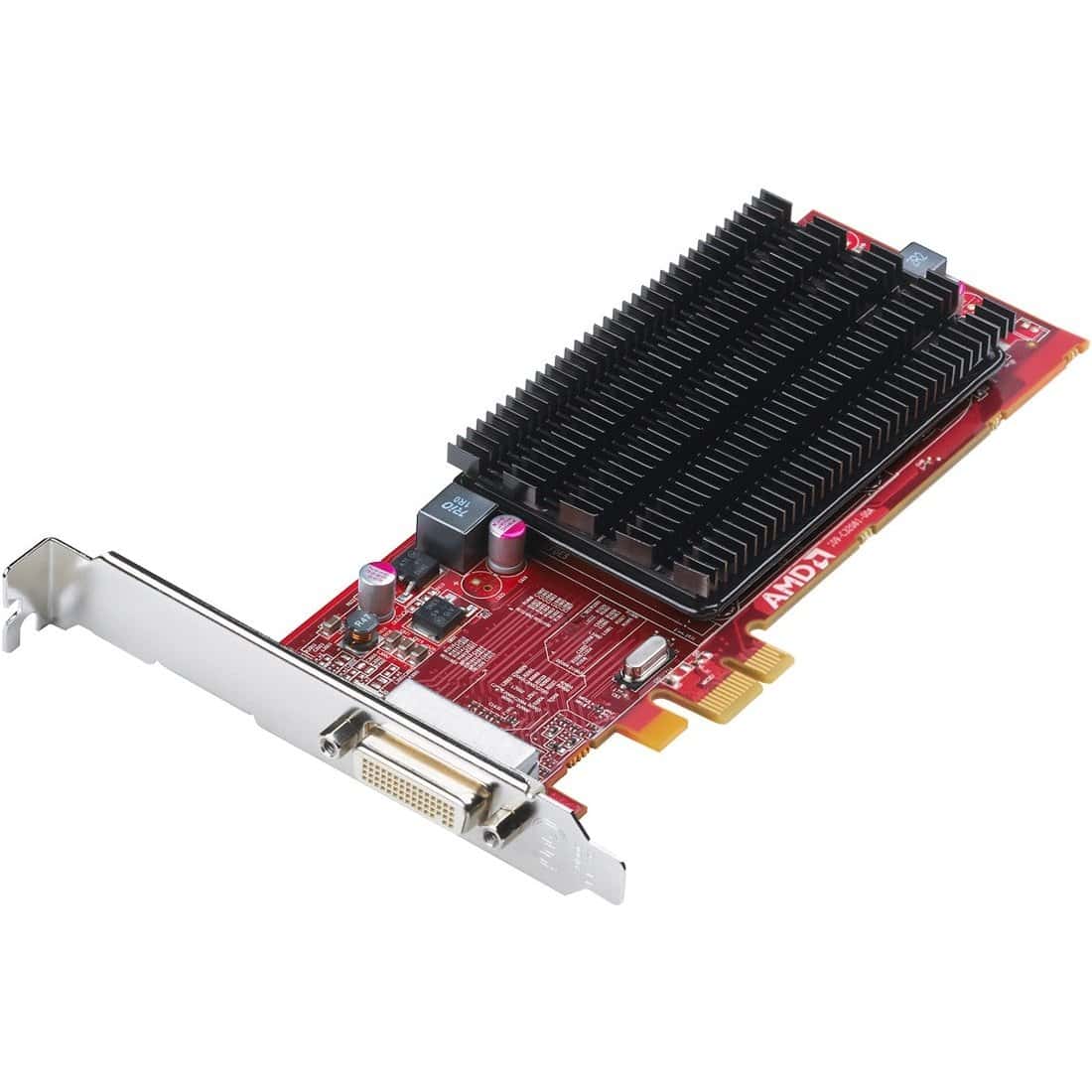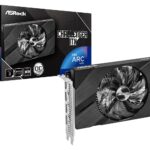When considering gaming hardware, one aspect crucial to performance is the graphics card. The AMD FirePro 2270 is designed with professional applications in mind, like CAD and visualization. It is equipped with 512 MB of GDDR3 memory, operates at 600 MHz, and supports Shader Model 5.0. This graphics card also provides compatibility with DirectX 11.2 and OpenGL 4.4, which are beneficial for a range of graphic tasks.
However, gaming demands are often more intense than professional graphics applications. The FirePro 2270, built on the Terascale 2 architecture and produced using the 40 nm process, delivers performance suitable for many professional scenarios. When it comes to gaming, this card falls short compared to more recent offerings tailored for that market. The lower frame rates and resolutions that the FirePro 2270 can handle are not ideal for modern gaming experiences that require fast and high-resolution graphics.
For gaming, performance is measured by how smoothly a game runs and at what quality settings. The FirePro 2270 may support basic games, but it is not meant for the latest titles that require robust graphical processing power. The card’s capabilities in shading and texture detail, which are important for an immersive gaming experience, are limited by its specifications, such as its 40 nm process and the GDDR3 memory.
Evaluating the AMD FirePro 2270’s Gaming Capabilities
The AMD FirePro 2270, released in 2011, was designed as a workstation graphics card, not for gaming. However, many users wonder if it can still handle light gaming. Here’s an assessment:
Performance Limitations
- Outdated architecture: The FirePro 2270 uses the TeraScale 2 architecture, several generations behind modern GPUs.
- Weak processing power: It has 80 stream processors and 512 MB of GDDR3 memory, which are insufficient for demanding modern games.
- Low memory bandwidth: The 64-bit memory interface further limits its ability to handle textures and data required for smooth gameplay.
What Games Can It Handle?
| Game Type | Playability | Notes |
|---|---|---|
| Older Games (pre-2011) | Likely playable | Many games released before 2011 may run smoothly at lower settings and resolutions. |
| Less Demanding Indie Games | Possibly playable | Some modern indie games with simpler graphics might run on low settings, but don’t expect high frame rates. |
| Newer AAA Games (2012+) | Not recommended | Most newer games will be unplayable or suffer from significant performance issues like low frame rates and visual glitches. |
Alternatives for Gaming
If you want to play modern games with decent performance, consider upgrading to a newer graphics card. Even budget-friendly modern GPUs will significantly outperform the FirePro 2270. Here are a few suggestions:
- NVIDIA GeForce GTX 1650: A good entry-level option for 1080p gaming.
- AMD Radeon RX 6500 XT: Another budget-friendly card with decent performance.
Conclusion
The AMD FirePro 2270 isn’t suited for modern gaming. It’s best to consider this card for basic tasks or older games if you’re stuck with it.
Key Takeaways
- The AMD FirePro 2270 is built for professional applications, not gaming.
- Its technical specifications fall short for modern, high-performance gaming demands.
- The card supports DirectX 11.2 and OpenGL 4.4 but lacks gaming-oriented features.
Technical Specifications and Performance Analysis
The FirePro 2270 from AMD is a card that strikes a balance between modest technical specs and professional design use, but it’s not mainly known for gaming prowess.
Hardware Overview
The FirePro 2270 employs the Terascale 2 architecture. Built on a 40 nm process, the Cedar graphics processor includes 292 million transistors. The card is equipped with 512 MB of GDDR3 memory and a 64-bit memory bus. This configuration yields a memory bandwidth of 9.6 GB/s. It also supports DirectX 11.2 and boasts a total power draw (TDP) of significantly lower than the average for performance cards which helps in power efficiency.
Gaming Capabilities
With a core clock speed of 600 MHz and 80 pipelines for processing data, the performance of FirePro 2270 in modern gaming is limited. The texture fill rate stands at 4.8 GTexels/s. This card might run older games smoothly but struggles with newer, more demanding titles. The recommended gaming resolutions are below the now-standard 1080p due to its hardware limitations.
Comparative Analysis
When placed head-to-head with more recent GPU models, like the NVIDIA GTX 1660, the FirePro 2270’s gaming performance falls behind. This is largely due to its lower shader model specification and lack of support for newer industry standards like Vulkan, which the latest games utilize for better graphics performance.
Suitability for Workstation Tasks
In a workstation context, the FirePro 2270 has a more fitting role. It handles basic professional applications aimed at design where intense graphics computation isn’t a priority. Stability and reliability in such tasks are among its strong suits.
Pricing and Market Position
Introduced in January 2011, the FirePro 2270’s pricing reflects its position as an entry-level professional graphics card. It’s competitive compared to similar dedicated workstation GPUs from that period, offering fair value for money for professional use rather than gaming.
Futureproofing and Ecosystem Compatibility
Technology evolves and graphics cards like the FirePro 2270 eventually reach production end-of-life. With this card’s release date now well past, software updates might be infrequent. Its specs don’t match the demands of the latest high-end games and applications, hinting at limited futureproofing. However, in the right ecosystem that doesn’t require the latest graphics technology, it can still serve well for certain tasks.







